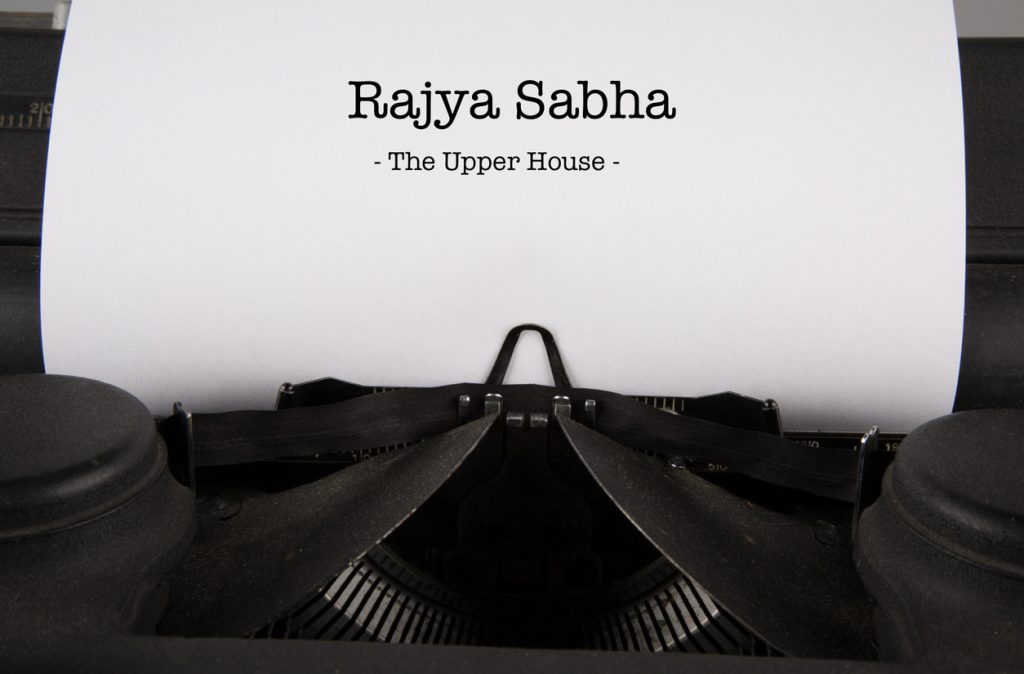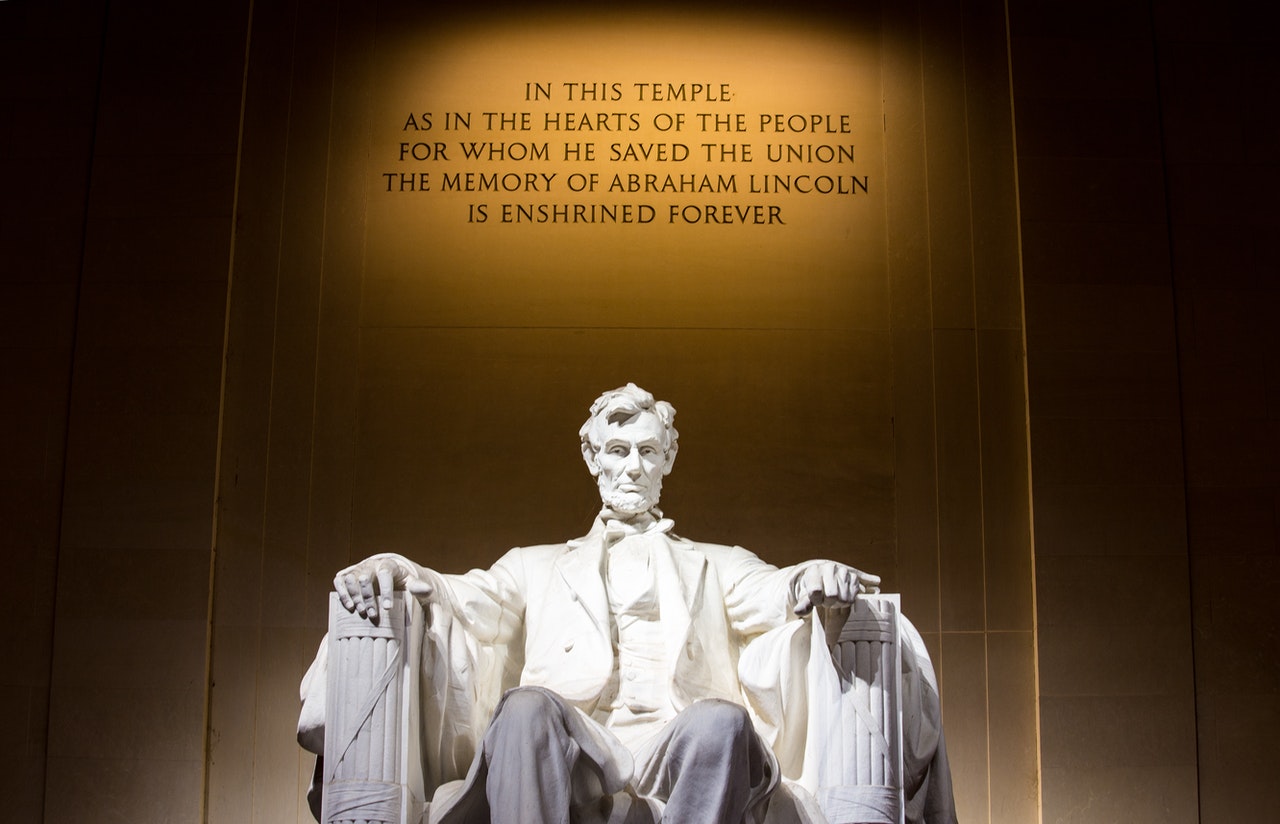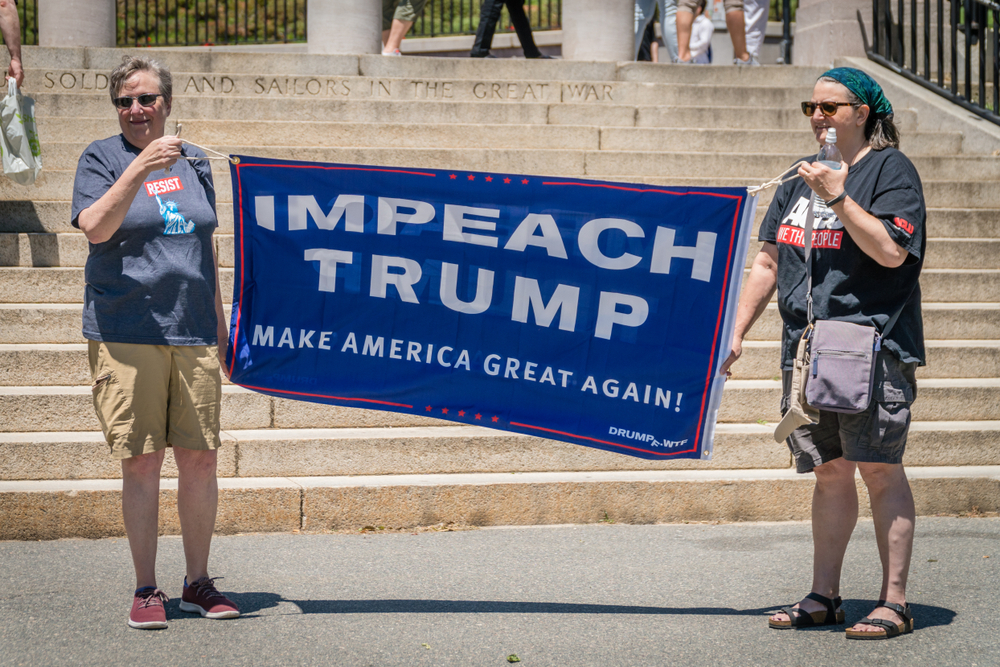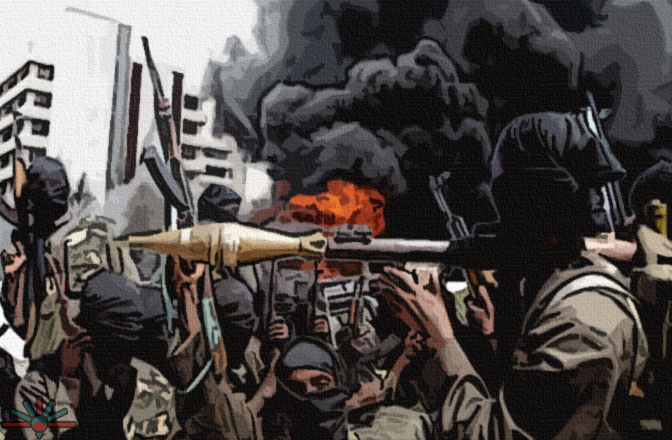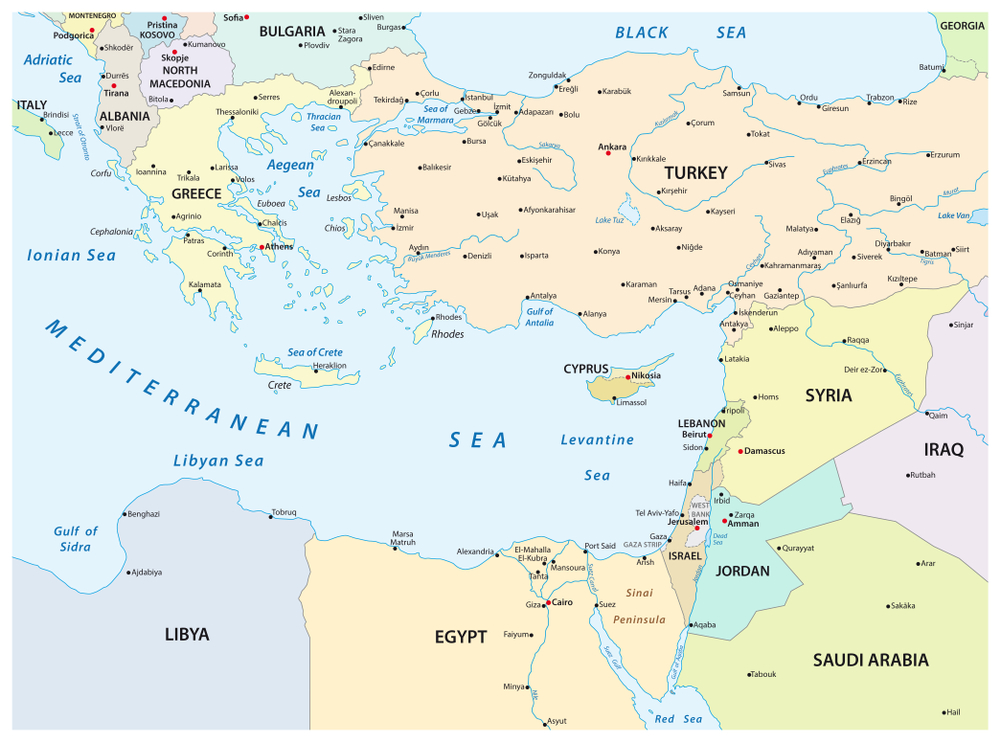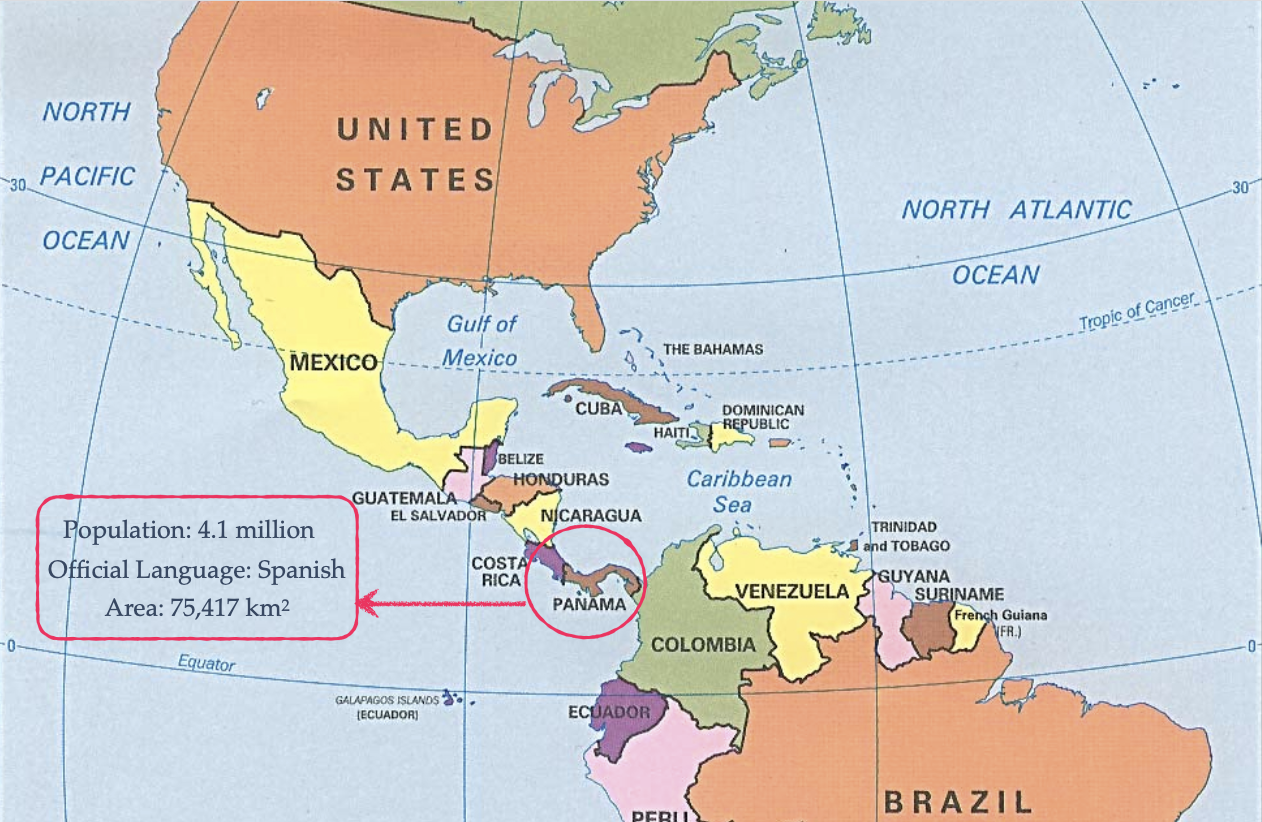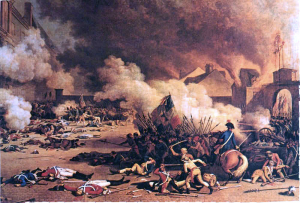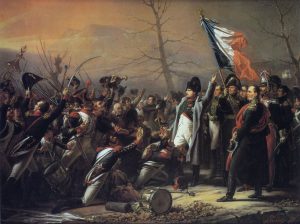Reading Time: 2 minutes
This is Part 1 of a 2-Part series.
- Rajya Sabha (RS) is the upper house of the Indian Parliament, and unlike The Lower House (Lok Sabha) that is dissolved every 5 years, RS never gets dissolved.
- When the constitution was adopted in 1949, RS was to consist 217 members, 205 out of which were to be filled through elections and 12 through nomination by the President.
- 205 were divided among states based on the-then state-population figures as per the census, using the formula: “One seat per million for the first five millions and one seat for every additional two millions or part thereof exceeding one million.”
- While the 12 President-nominated seats remain intact, the number of 205 has now moved to 238; the change has been on account of reorganisation of states & creation of new states and not on the formula as defined above.
- These 238 members are elected by Members of Legislative Assembly – MLAs, who are elected by people at state level through ballot.
- Each state has a number of allocated seats in Rajya Sabha and MLAs of a particular state can vote only if one or more retiring-members are from that state.
- E.g., Uttar Pradesh has an allocation of 31 seats in Rajya Sabha; if any member(s) from those 31 seats are retiring, only then MLAs of Uttar Pradesh will vote.
- Each member of RS is elected for a term of 6 years but 1/3rd of its members retire every 2 years; all members having a term of 6 years and yet 1/3rd retiring every 2 years can be tricky to understand and has been explained below.
- For the ease of calculation, let’s say there were 99 RS members in 1952, when the first session was held; <1-33>, <34-66>, <67-99>
- <1-33> were asked to retire compulsorily in 1954 and were replaced by a new group of 33 (let’s call this Group A); in 1956, <34-66> were asked to retire compulsorily and were replaced by another new 33 (Group B).
- In 1958, <67-99> retired automatically, having finished 6 years & were replaced by Group C (33).
- In 1960, Group A i.e. 1/3rd of the members retired after 6 years (1954-1960); in 1962, Group B i.e. 1/3rd retired after 6 years (1956-1962) and Group C retired after 6 years in 1964.
- Since then, this cycle has continued with the exceptions of death or resignation, where elections are held before the completion of a member’s term.
Part 2 will cover the voting process and the calculation of votes.
Reference shelf :

